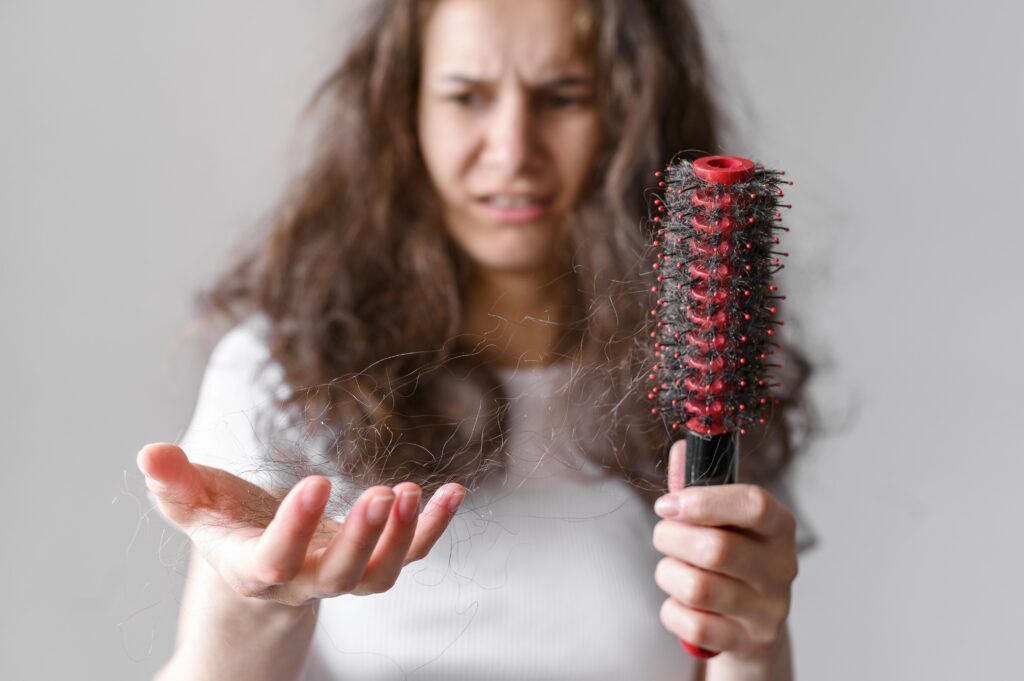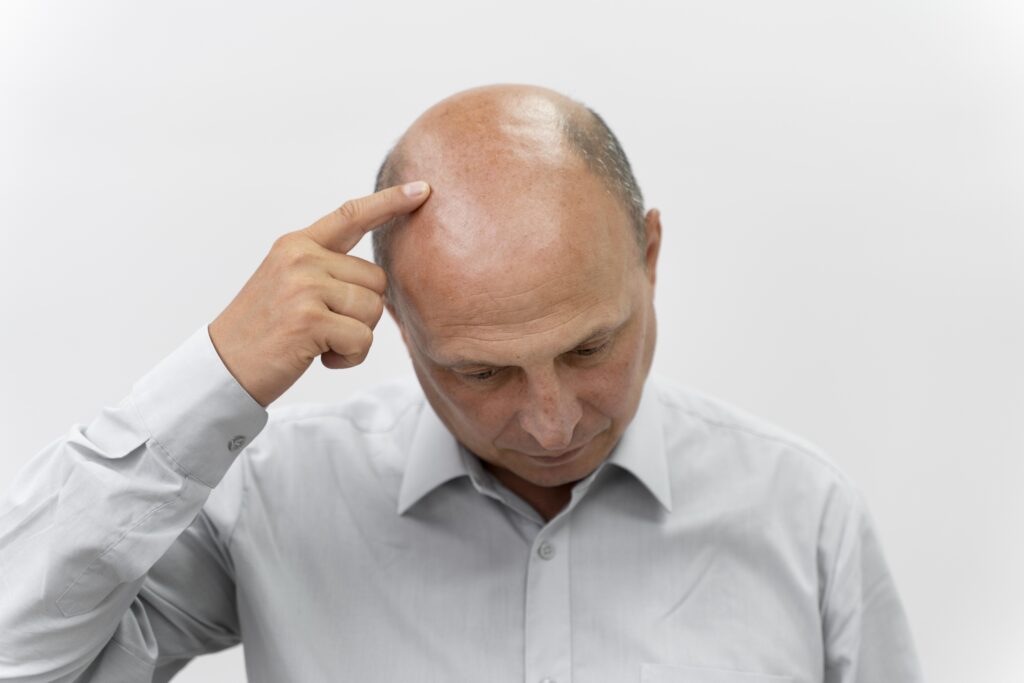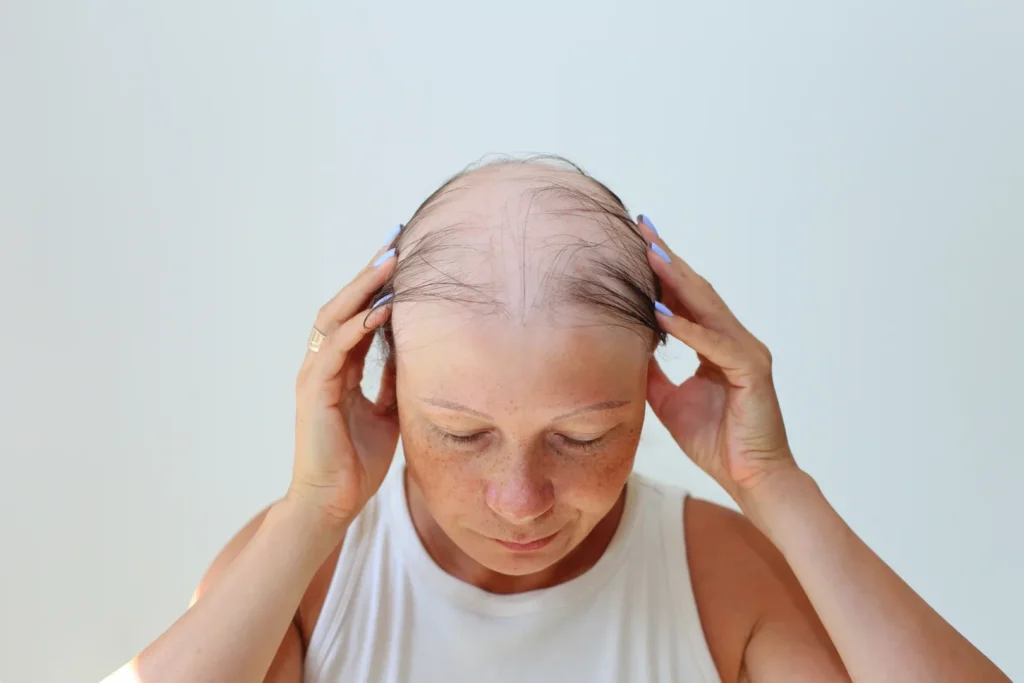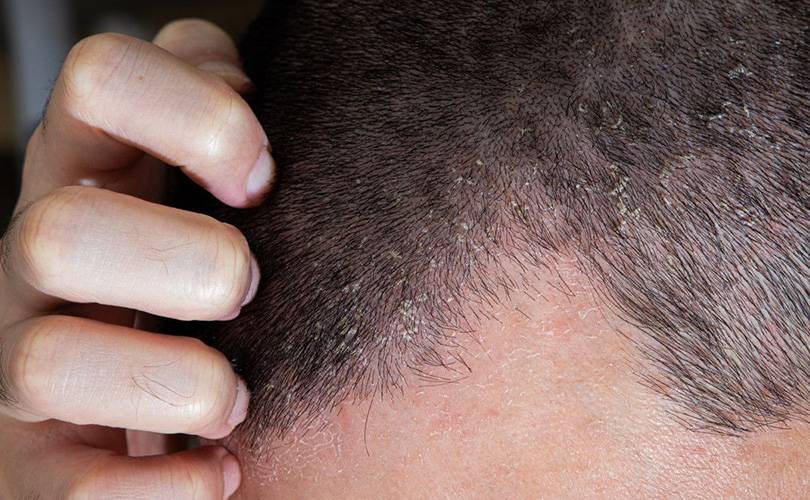Tricoblog
Come distinguere la caduta stagionale dalle altre forme di alopecia?
Table of Contents
Each of us, to a greater or lesser degree, physiologically loses hair during certain times of the year.
About 30 percent of Italians, according to recent surveys, have experienced or suffer from a more or less severe form of baldness, but even higher is the percentage of those who experience an increase in hair loss at seasonal changes: this percentage, in fact, touches almost 60 percent.
The intensification of hair loss due to the change of seasons is a more than normal process and is called “seasonal telogen effluvium” or simply “seasonal hair loss”: this is generally not harmful in itself, but if not kept under control, it can degenerate into more or less mild forms of alopecia.
While seasonal hair loss is a physiological process, when it manifests itself in a particularly copious manner, it often risks falling within the broad pathological spectrum of alopecia.
Precisely because there are so many facets of alopecia, in this article we will try to provide clarity, attempting to give tools to distinguish disease-related hair loss from hair loss related to the change of season.
La caduta stagionale e i vari tipi di alopecia
🔹 Period: Occurs close to the arrival of autumn (September) and spring (March) and may continue throughout the reporting season.
🔹 Duration: Generally lasts 4 to 8 weeks and then stabilizes.
🔹 Amount of hair lost: It is more abundant than normal (up to 100-150 hairs per day), but does not lead to noticeable thinning.
🔹 Appearance of fallen hair: They present a white bulb at the root, a sign of a normal turnover cycle.
🔹 Causes: Temperature changes, seasonal hormonal changes, photoperiod (reduction of light hours).
🔹 Resolution: As a physiological process, generally, seasonal fall resolves on its own; however, if not monitored, the risk of it worsening is greatly intensified.
🔹 Period: Progressive and steady over time.
🔹 Duration: Chronic, worsening with years without treatment.
🔹 Amount of hair lost: Not necessarily abundant, but hair thins and miniaturizes.
🔹 Affected areas: Men (receding hairline, vertex), Women (thinning on the middle part of the head).
🔹 Causes: Genetic predisposition, androgenic hormones.
🔹 Resolution: Requires specific treatments (supplements, lotions, medications).
🔹 Period: Can occur at any time.
🔹 Duration: Acute (3-6 months) or chronic (>6 months).
🔹 Amount of hair lost: High, hair is noticed on pillow, in shower, on brush.
🔹 Causes: Stress, surgery, high fever, nutritional deficiencies (iron, vitamin D, zinc), medications, infections.
🔹 Resolution: First of all, as a condition related to several factors, it is necessary to find out the root cause and intervene in a targeted manner with specific solutions.
🔹 Period: Sudden, can arise at any time.
🔹 Duration: Variable, may resolve or worsen significantly.
🔹 Amount of hair lost: Localized to round patches, with no signs of obvious inflammation.
🔹 Affected areas: Scalp, eyebrows, beard.
🔹 Causes: Autoimmune.
🔹 Resolution: Requires specific treatments to modulate inflammation, or can be resolved by acting on a different metabolic pathway.
🔹 Period: May be chronic or intermittent.
🔹 Duration: Variable
🔹 Amount of hair lost: Average, but associated with scaling and oily or reddened skin.
🔹 Causes: Inflammation, excess sebum, Malassezia (fungus). Often linked to the presence of dandruff and irritation.
🔹 Resolution: Targeted treatments needed (anti-dandruff shampoos, sebum-regulating lotions).
Il vero consiglio
Clearly, these are just a few tips to be able to distinguish various types of falls, but we always recommend relying on the care of specialists in the field to make sure you have an accurate diagnosis and can act with solutions that are SPECIFIC and TARGETED for your situation and, most importantly, take into account all variables (such as age and gender).
Condividi l'articolo sui tuoi social!
Stay up to date*, sign up for our Newsletter to receive every article on your email!
Potrebbe interessarti anche...
-
 09 Jun 2025THE ESSENTIAL GUIDE TO PROTECTING YOUR HAIR DURING THE SUMMER!
09 Jun 2025THE ESSENTIAL GUIDE TO PROTECTING YOUR HAIR DURING THE SUMMER! -
 11 Apr 2025HOW TO RECOGNIZE A BIOTIN DEFICIENCY
11 Apr 2025HOW TO RECOGNIZE A BIOTIN DEFICIENCY -
 28 Mar 2025HOW TO DISTINGUISH SEASONAL FALL FROM OTHER FORMS OF ALOPECIA
28 Mar 2025HOW TO DISTINGUISH SEASONAL FALL FROM OTHER FORMS OF ALOPECIA -
 14 Mar 2025ALL THE INFORMATION YOU NEEDED ABOUT POSTMENOPAUSAL THINNING
14 Mar 2025ALL THE INFORMATION YOU NEEDED ABOUT POSTMENOPAUSAL THINNING -
 28 Feb 2025FIND OUT HOW TO RECOGNIZE THE EARLY SIGNS OF FEMALE ALOPECIA!
28 Feb 2025FIND OUT HOW TO RECOGNIZE THE EARLY SIGNS OF FEMALE ALOPECIA!







